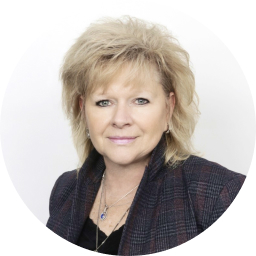Look inward at the data
Virtually all new wealth management technology, data analytic platforms, and AI models share a common trait: Data powers them all. Wealth managers who capture the business of a new generation of young, tech-savvy, and often self-directed investors will be those whose organizations are built to collect and leverage high-quality data.
That’s why wealth managers should look internally before seeking out shiny new tech solutions. At a global level, more than half (53 per cent) of financial services firms experience problems with “data silos” that hinder the movement and sharing of information within the organization and across systems, and 43 per cent report struggling with data quality issues.
Canadian wealth managers are no different. To leverage the power of AI and other new technology solutions fully, wealth managers will need to address these breakdowns in legacy systems. To do so, they will need to construct data management platforms that collect, normalize, and provide access to reliable data on client demographics, financial situation, goals, risk tolerances, investment styles, portfolio allocations and product use, among other factors.
Once wealth managers can tap into these data, they will be in a position to integrate new technological solutions in a way that can have a real impact on the business.
For example, advisors can adopt technology solutions that harness client behavioural data and intelligent automation to guide financial decision-making proactively, enabling advisors to provide more relevant and targeted advice.
That means advisors will be able to deliver advice faster, through whichever channel the client prefers, and in a format designed specifically to appeal to their individual clients.
These aren’t incremental changes. Armed with the right data, advisors can harness powerful tools to deliver deeper, more comprehensive service to every client. Meanwhile, they will spend less time on administrative and research tasks, freeing them up to devote more time to building relationships and delivering the kind of personalized planning that drives both client satisfaction and advisor success.
That would be a potent combination. According to the Broadridge’s 2025 Canadian Investor Study, almost three-quarters of investors (74 per cent) have worked with a financial advisor at some point, and just more than half (52 per cent) currently maintain that relationship. Another 41 per cent currently use self-directed or do-it-yourself platforms, with the highest adoption among millennials (48 per cent) and members of Generation X (42 per cent).
The data are clear: investors want both. They expect real-time information and the kind of access they get from digital platforms, but they also value the advice and support that only an experienced advisor can provide. That means the future of wealth management lies in hybrid models, in which a blend of human expertise is integrated seamlessly with digital empowerment.
Advisors won’t achieve that mix simply by bolting technology onto existing infrastructure and practices. Firms willing to modernize their core infrastructure and systems have an opportunity to transform into organizations with a unique appeal to investors of all ages in an increasingly digital age.
